$12.99 Original price was: $12.99.$9.09Current price is: $9.09.
- Online customer care, always here for you.
- High quality products, low prices.
- Effortless Shopping, Quality Products
- Unbeatable Quality Guaranteed

‘Cambridge Favourite’ is one of the most popular varieties available. Bumper crops of juicy orange-red fruits with excellent texture and flavour and texture are produced from June to July. This versatile and reliable variety is tolerant of most situations, and well suited to growing in containers on the patio for a space saving crop. Earlier and extended cropping periods can be achieved if grown in a greenhouse or polytunnel. Height: 20cm (8″). Spread: 30cm (12″).
Estimated time to cropping once planted: 4-8 months.
Estimated time to best yields: 16-20 months.
Useful links:
How to grow strawberries
Culinary information: Some parts of these flowers are edible. for more details about edible flowers.
Height Up to 20cm (8in)
Spread Up to 30cm (12in)
Hardy Perennial
kitchen gardenpatio
full sun
6 Bare Root Plants (KC3004)
24 Bare Root Plants (KC1940)
12 Bare Root Plants (KC1905)
These plants are lifted from the nursery field when dormant, and sent to you in late autumn or spring for planting. They often look dead on arrival, but they are just resting in the dormant period and will establish quickly for a strong start in the garden come spring. Set out in prepared soil in holes wide enough and deep enough to lay out the roots. Tread down the planting soil to knock out air pockets. Water well to settle. Apply a mulch to protect roots from cold temperatures. If conditions prevent immediate planting, set roughly into loose soil or a pot of compost (‘heeling in’) to protect the roots. The growth points of most bare root perennials should be set about an inch below the soil surface. New growth will appear in spring.
Water strawberries frequently throughout the growing season and weed regularly between rows. When growing strawberry plants in baskets and containers, they will also need feeding every two weeks.
From early summer, remove any runners that are produced as these will weaken the plants vigour. Protect the developing fruit from slugs and snails by spreading straw around each plant. Positioning a net over the plants will also prevent crop damage by birds. The netting and straw can be removed after cropping to allow better air flow around the crown of the plant. Mulch strawberry plants with well rotted manure in spring.
Although strawberry plants will continue to fruit in successive years, the crop will become considerably reduced and it is advisable to completely replace strawberry plants every 3 years.
| Choose available pack sizes | 6 Bare Root Plants, 12 Bare Root Plants, 24 Bare Root Plants |
|---|
10 reviews for Strawberry ‘Cambridge Favourite’ (Mid Season)
Add a review Cancel reply
Related products
Fruit Plants and Bushes
Fruit Plants and Bushes
Fruit Plants and Bushes
Fruit Plants and Bushes
Blueberry Plants
Blueberry Plants
Blueberry Plants
Fruit Plants and Bushes

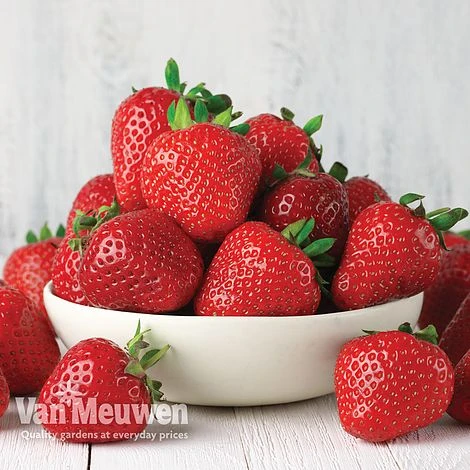
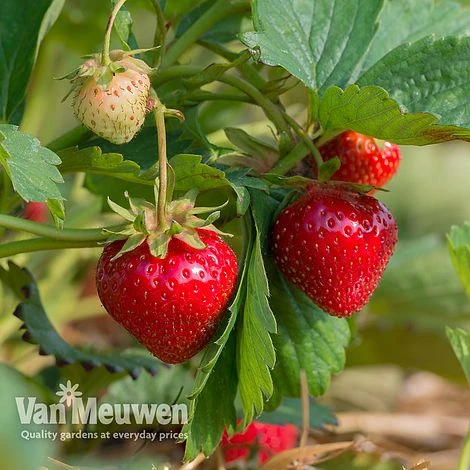

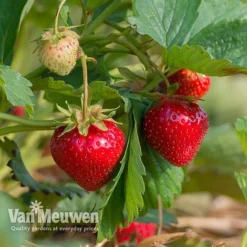

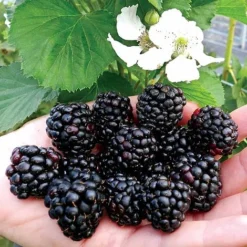
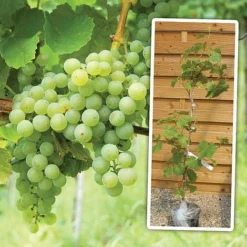




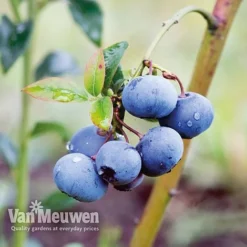
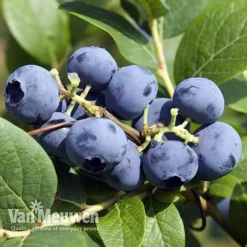

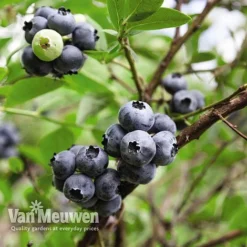

Emily Carter –
The Strawberry ‘Cambridge Favourite’ is a delight! The berries are sweet, juicy, and perfect for my mid-season garden. Highly recommend!
John Matthews –
I planted these strawberries last year and they flourished beautifully. The flavor is exceptional, and they produce a great yield.
Sarah Johnson –
These strawberries are a crowd-pleaser! They’re easy to grow and the fruit is consistently delicious. Perfect for desserts or fresh eating.
Michael Brown –
The ‘Cambridge Favourite’ strawberries are reliable and hardy. They survived a late frost and still produced plenty of fruit. Very impressed!
Lisa Taylor –
I’ve grown strawberries for years, and this variety is one of the best. The berries are large, sweet, and perfect for jams.
David Wilson –
Great mid-season strawberries! They ripen evenly and have a wonderful flavor. My family can’t get enough of them.
Karen Evans –
These strawberries are easy to care for and produce abundant fruit. The flavor is excellent, and they’re perfect for my backyard garden.
Robert Davies –
The ‘Cambridge Favourite’ is a reliable variety. The berries are sweet and juicy, and the plants are disease-resistant.
Emma Harris –
I’m thrilled with these strawberries! They’re perfect for my small garden and the flavor is outstanding. Highly recommend for mid-season harvests.
Daniel White –
These strawberries are a great addition to my garden. The fruit is sweet and plentiful, and the plants are low-maintenance.